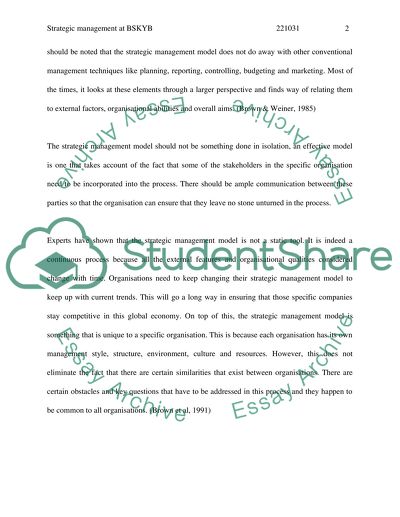Cite this document
(“Strategic Management: British Sky Broadcasting Group Plc (BSKYB) Case Study”, n.d.)
Strategic Management: British Sky Broadcasting Group Plc (BSKYB) Case Study. Retrieved from https://studentshare.org/miscellaneous/1519571-strategic-management-british-sky-broadcasting-group-plc-bskyb
Strategic Management: British Sky Broadcasting Group Plc (BSKYB) Case Study. Retrieved from https://studentshare.org/miscellaneous/1519571-strategic-management-british-sky-broadcasting-group-plc-bskyb
(Strategic Management: British Sky Broadcasting Group Plc (BSKYB) Case Study)
Strategic Management: British Sky Broadcasting Group Plc (BSKYB) Case Study. https://studentshare.org/miscellaneous/1519571-strategic-management-british-sky-broadcasting-group-plc-bskyb.
Strategic Management: British Sky Broadcasting Group Plc (BSKYB) Case Study. https://studentshare.org/miscellaneous/1519571-strategic-management-british-sky-broadcasting-group-plc-bskyb.
“Strategic Management: British Sky Broadcasting Group Plc (BSKYB) Case Study”, n.d. https://studentshare.org/miscellaneous/1519571-strategic-management-british-sky-broadcasting-group-plc-bskyb.


